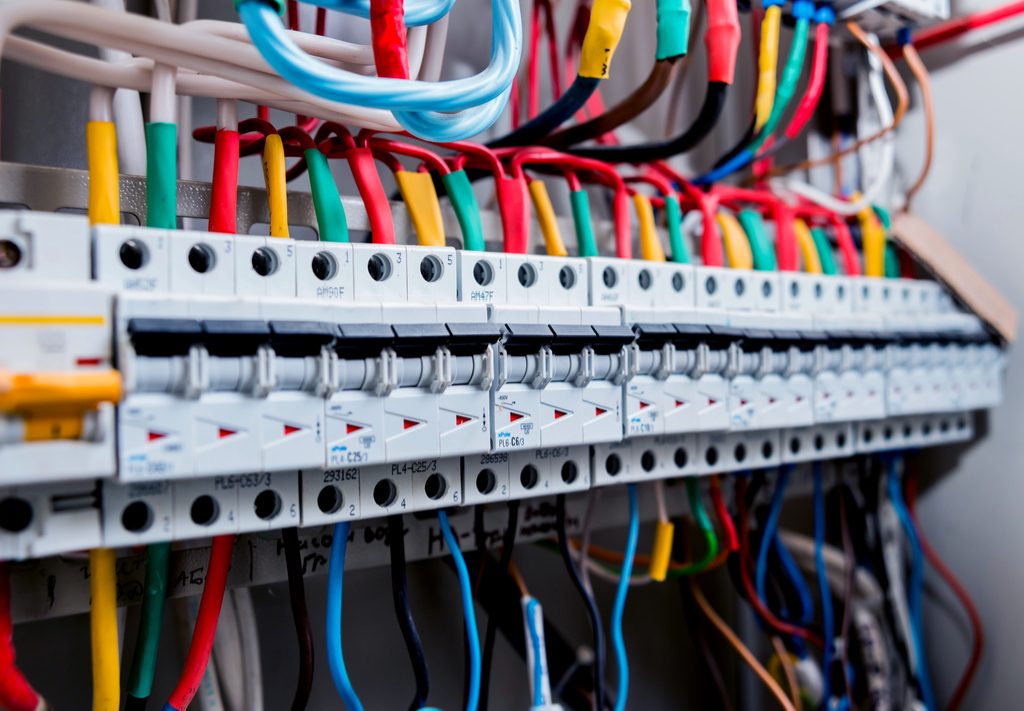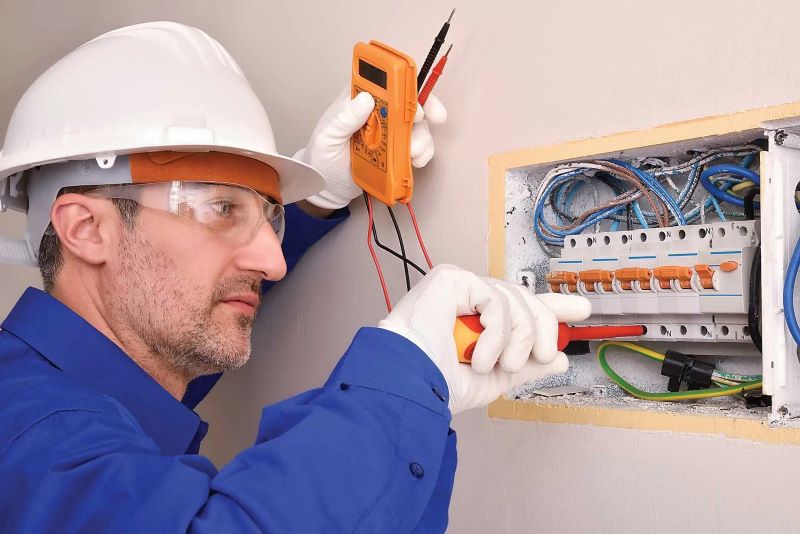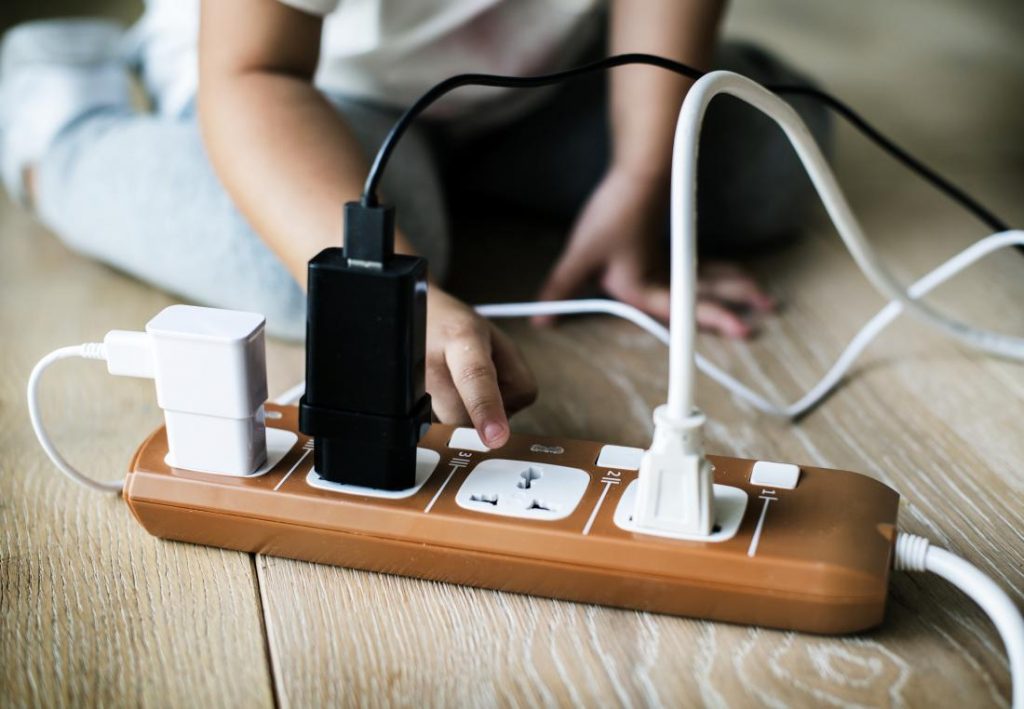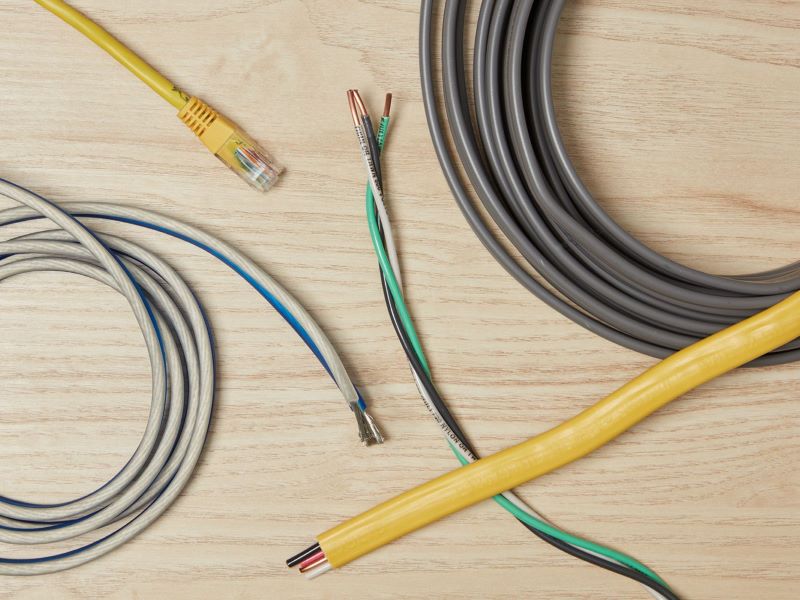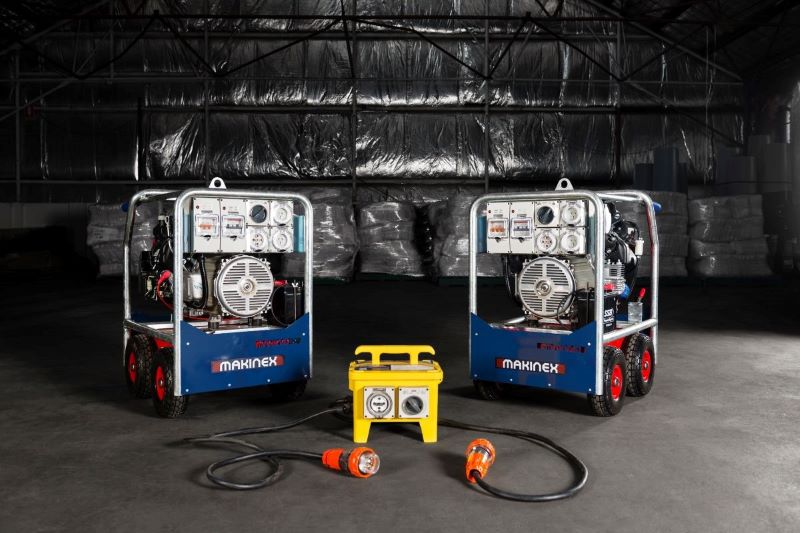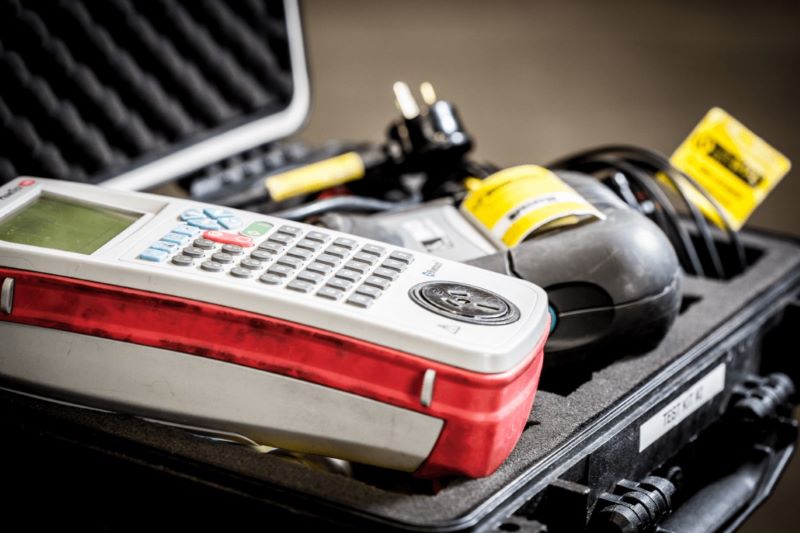Table of Contents
You may not see the flickering lights accompanied by the odor of smelling wires; your light switch might even be working correctly and your electrical bill way lower than neighbors. Don’t be fooled by these presumptuous safe signs, you might still have electrical issues.
Electrical issues are issues that arise as a result of faulty or abnormal currents passing through a system or existing in an electrical system.
There are three types of faults identified, and they are line to ground (L-G), line to line (L-L), and double line to ground.
What causes electric faults?
Electricians have identified the factors that cause electrical issues, and they include
- Short-Circuit Faults: This sort of fault is created when there is a failure of insulation, causing a short-circuit condition. This is by far the most common cause of failure.
- Open Circuit Faults: This sort of fault occurs when a failure happens in the conduction path of electricity.
Having mentioned the causes of the different kinds of electrical faults that exist, we have also drawn out a list of the best tools which we can use to spot these electrical faults whenever and wherever they occur, either at home or in the workplace.
Thermal Imaging Camera
Right now thermal imaging cameras have so many different uses and spotting electrical issues is one of the most common. You can use Flir vs Seek thermal cameras for spotting any kind of electrical issues in your home.
Power Probe Electric Tester
Electrical faults are the worst nightmares of electricians and mechanics since these faults suddenly pop up at the worst of moments, soiling and spoiling a well-made plan.
The power probe electrical tester was invented years ago to measure the real RMS value of alternating current.
Today, these probes can detect anything from identifying a positive circuit, spotting a negative loop, and even picking out an open course.
All of these signs are hidden internally and may not show up in the form of a burnt/burning wire or fluctuating light.
The electric probe meter has a surface indicator that beeps when trouble is observed in the electrical system.
Magnetic Electronic Stud Finder
At times, there is a need to find a wire buried deep behind layers of concrete and piles of the wall.
While we agree that tracing electrical wiring in walls can be tricky, and it involves more than just looking for the wires themselves. We can also agree that you’ll probably want to achieve this in the most non-invasive way possible.
This is the job of a magnetic stud finder, a specialized device that detects the metal nails in the wall studs. This little device produces a small electrical field, which changes when it reaches a denser region of the wall.
To figure out exactly where the wires are, you’ll have to look for the outlets and appliances that each cable connects to. You’ll also figure out which circuit breaker applies to which section of your home’s wiring.
Voltage Detectors
This is one of the most popular devices that electricians and individuals employ to detect electrical issues in an electrical system.
A voltage detector or test light is a substance that determines the presence or absence of charges within a system.
Their designs are mostly simple, and they are majorly pen-shaped with the ability to test for very low voltage.
Audible Alarm Voltage Detector
This is one of the most expensive and effective tools for spotting an electrical fault.
Audible alarm voltage detectors commonly called tone generators and probe or probe kits are specialized voltage detectors that can determine the amount of charge in an electrical system.
They are peculiar because they give off a sound when they come in contact with a live wire which makes them the perfect choice for locating electric wiring behind walls and beneath the ground. They are also perfect for sorting out tangled connections.
Resource:
